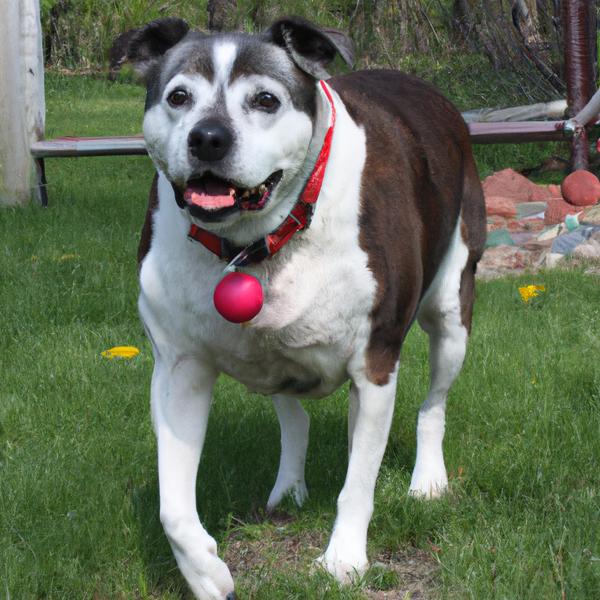Olde Pit Bulldogge vs. German Wirehaired Pointing Vizsla: Breed Differences and Similarities
Hypoallergenic
Are Olde Pit Bulldogges or German Wirehaired Pointing Vizslas hypoallergenic, or neither?
Unfortunately, neither Olde Pit Bulldogge nor German Wirehaired Pointing Vizsla are hypoallergenic, which may not make them the best choice for dog lovers who suffer from pet allergies.
Temperament
What are the personalities of Olde Pit Bulldogge and German Wirehaired Pointing Vizsla dogs?
Loving
Stubborn
Clownish
Alert
Courageous
Intelligent
Confident
Friendly
Affectionate
Obedient
Loyal
Strong
Willed
Aggressive
Active
Playful
Energetic
Protective
Intelligent
Friendly
Responsive
Affectionate
Loyal
Lively
Gentle
Trainable
Companionable
Cheerful
Quiet
Easygoing
Willful
Willing
Evenly Tempered
Shedding Level
Do Olde Pit Bulldogges shed more than German Wirehaired Pointing Vizslas, or which breed sheds more, Olde Pit Bulldogges or German Wirehaired Pointing Vizslas?
Olde Pit Bulldogge or German Wirehaired Pointing Vizsla dogs are not heavy shedders, but they will lose a significant amount of hair each year. To decrease the amount of shedding, you can regularly brush your Olde Pit Bulldogge or German Wirehaired Pointing Vizsla. This will remove loose hair and keep their coat growing in the same direction.
Ancestry
What are the origins of Olde Pit Bulldogge and German Wirehaired Pointing Vizsla breeds?
American Pit Bull Terrier and Olde English Bulldogge
German Wirehaired Pointer, Vizsla
Date of Birth
When were Olde Pit Bulldogge and German Wirehaired Pointing Vizsla breeds first developed?
Unknown
Eye Color Possibilites
What are the eye colors of Olde Pit Bulldogge and German Wirehaired Pointing Vizsla dogs?
Brown
Brown
Amber
Nose Color Possibilites
What are the natural nose colors of Olde Pit Bulldogge and German Wirehaired Pointing Vizsla?
Black
Black
Brown
Coat Color Possibilites
What are the natural colors of the coat for Olde Pit Bulldogge and German Wirehaired Pointing Vizsla breeds?
Cream
Brown
Gray
Black
White
Red
Brown
Coat Length
What is the typical coat length for Olde Pit Bulldogge and German Wirehaired Pointing Vizsla breeds?
Olde Pit Bulldogges have short coats.
German Wirehaired Pointing Vizslas have coats that can be either short or medium in length.
Coat Density
What is the density of the coat of Olde Pit Bulldogge and German Wirehaired Pointing Vizsla?
Coat Texture
What is the hair texture of Olde Pit Bulldogge and German Wirehaired Pointing Vizsla?
Straight
Wiry
Litter Size
What is the usual litter size for Olde Pit Bulldogge and German Wirehaired Pointing Vizsla?
An Olde Pit Bulldogge can have a litter of 4-10 puppies on average. However, it's worth noting that the size of the litters can vary greatly. Factors that can influence litter size include the health of the mother, breeding history, and genetics.
A German Wirehaired Pointing Vizsla can have a litter of 6-10 puppies on average. However, it's worth noting that the size of the litters can vary greatly. Factors that can influence litter size include the health of the mother, breeding history, and genetics.
Adaptability
Olde Pit Bulldogges are known for their adaptability and can adjust well to different environments and lifestyle changes.
German Wirehaired Pointing Vizslas are highly adaptable and versatile, making them excellent companions for families and individuals of all lifestyles.
Health Issues
Between Olde Pit Bulldogge and German Wirehaired Pointing Vizsla, which breed is more prone to health problems?
Olde Pit Bulldogge and German Wirehaired Pointing Vizsla breeds are generally considered to be healthy. However, like all breeds, they are susceptible to certain health issues and it is important to keep an eye out for them and address them with your veterinarian as needed.
Major Concerns
What are the major health concerns for Olde Pit Bulldogge and German Wirehaired Pointing Vizsla breeds?
Bloat
Hypothyroidism
Heart Disease
Elbow Dysplasia
Hip Dysplasia
Inflammatory Bowel Disease
Minor Concerns
What minor health issues should be kept in mind when owning Olde Pit Bulldogge and German Wirehaired Pointing Vizsla?
Allergies
Hip Dysplasia
Eye conditions
Ear Infections
Progressive Retinal Atrophy (PRA)
Occasional Tests
What occasional tests are recommended for Olde Pit Bulldogge and German Wirehaired Pointing Vizsla breeds?
Eye
Hip
Blood
Heart
X-Rays
Ear Examination
Blood Chemistry
Complete Physical Examination
Otoscopic Examination
Social Needs
Olde Pit Bulldogge vs German Wirehaired Pointing Vizsla social needs comparison
Olde Pit Bulldogge and German Wirehaired Pointing Vizsla have above average social needs compared to other breeds. They thrive in environments where they have a lot of interaction with humans and other dogs.
Sleeping Need
Which of the two sleeps the most/least: Olde Pit Bulldogge or German Wirehaired Pointing Vizsla?
Olde Pit Bulldogges have moderate energy levels and typical sleep patterns of 12-14 hours per day.
German Wirehaired Pointing Vizslas are active and require sufficient sleep to stay healthy.
Mouthiness
Mouthiness Comparison: Olde Pit Bulldogge vs German Wirehaired Pointing Vizsla?
Roaming urge
Olde Pit Bulldogge vs Labrador: Running away tendency?
Prey Drive
Olde Pit Bulldogge or German Wirehaired Pointing Vizsla - which breed has a higher level of prey drive?
Activity Level
Which breed has higher energy, Olde Pit Bulldogges or German Wirehaired Pointing Vizslas?
Olde Pit Bulldogges are medium-energy dogs and typically enjoy socializing and playing casual or even sustained games of chase with other dogs. They may also have occasional periods of barking or racing around the house.
German Wirehaired Pointing Vizslas are high-energy dogs. They need mental as well as physical exercise. These dogs require a lot of your involvement and without it they can, and will, become problematic dogs.
Tolerance of being left alone
Walks per Week
How many miles should Olde Pit Bulldogge or German Wirehaired Pointing Vizsla walk each week?
There's really no limit to how far you walk your dog as long as they're comfortable. For Olde Pit Bulldogge, it's at least 10 miles / week. Just remember to build distance and stamina gradually over time.
There's really no limit to how far you walk your dog as long as they're comfortable. For German Wirehaired Pointing Vizsla, it's at least 14 miles / week. Just remember to build distance and stamina gradually over time.
Activity per Day
Do Olde Pit Bulldogges or German Wirehaired Pointing Vizslas require more exercise?
In general most Olde Pit Bulldogges usually need at least 45 minutes of exercise daily. This can be spread across the day and include all sorts of high-energy activities, like walking, running and playing.
In general most German Wirehaired Pointing Vizslas usually need at least 120 minutes of exercise daily. This can be spread across the day and include all sorts of high-energy activities, like walking, running and playing.
Grooming
Which breed is easier to maintain in terms of grooming, Olde Pit Bulldogges or German Wirehaired Pointing Vizslas?
The Olde Pit Bulldogge is a low-maintenance breed that doesn't require much grooming.
The German Wirehaired Pointing Vizsla has low grooming needs and is easy to maintain.
Brushing Frequency
What is the recommended brushing frequency for Olde Pit Bulldogge and German Wirehaired Pointing Vizsla dogs?
Ideally, Olde Pit Bulldogge should be brushed at least 2 or 3 times a week (preferably daily) improve shedding.
German Wirehaired Pointing Vizsla should be brushed at least once a week. Of course you can give them more frequent brushes if you find that they are still shedding a lot
Brushing Tools
What brushing tools are used for Olde Pit Bulldogges and German Wirehaired Pointing Vizslas?
Pin Brush
Nail Clipper
Slicker Brush
Nail Clipper
Cups
How much food should be given to Olde Pit Bulldogge or German Wirehaired Pointing Vizsla in cups?
Olde Pit Bulldogge and German Wirehaired Pointing Vizsla share the same recommended daily food intake of 3 cups, although the appropriate quantity may vary depending on the quality and nutritional content of their food.
Daily Cost
Which breed has a higher daily cost, Olde Pit Bulldogge or German Wirehaired Pointing Vizsla?
The average cost of an Olde Pit Bulldogge is somewhere $3.80 - $4.20 per day.
The average cost of a German Wirehaired Pointing Vizsla is somewhere $1.70 - $2.00 per day.
Monthly Cost
Which breed has a higher monthly cost, Olde Pit Bulldogge or German Wirehaired Pointing Vizsla?
The average per month expenses of an Olde Pit Bulldogge is between $112 - $126. This makes an average of $1344 - $1512 per year. It will be on the higher side when the dog is still small because it will need more frequent visits to the vet, shots.
The average per month expenses of a German Wirehaired Pointing Vizsla is between $48 - $63. This makes an average of $576 - $756 per year. It will be on the higher side when the dog is still small because it will need more frequent visits to the vet, shots.
Sensitivity Level
How do Olde Pit Bulldogge and German Wirehaired Pointing Vizsla compare in sensitivity?
This breed is sensitive and requires gentle handling and a calm home environment.
This breed is sensitive to its environment and best suited for patient and understanding families with a consistent routine.
Apartment Friendly
Which breed is more apartment-friendly: Olde Pit Bulldogge or German Wirehaired Pointing Vizsla?
The Olde Pit Bulldogge is a great apartment dog, thriving with sufficient exercise and time outside as part of their daily routine.
German Wirehaired Pointing Vizslas can do well in apartments with enough exercise and time outside, but a small yard would be ideal.
Child Friendly
Do Olde Pit Bulldogges or German Wirehaired Pointing Vizslas have a friendlier temperament towards children?
Olde Pit Bulldogge and German Wirehaired Pointing Vizsla are kid-friendly dogs. They are good with children and excellent dogs with children if they are socialized and trained at a young age.
Senior-friendly
Which dog is more suitable as a pet for the elderly - Olde Pit Bulldogge or German Wirehaired Pointing Vizsla?
Cat Friendly
Do Olde Pit Bulldogge or German Wirehaired Pointing Vizsla breeds have a better compatibility with cats?
Olde Pit Bulldogges and German Wirehaired Pointing Vizslas are below average friendly toward cats. But with the right training and socialization, they can be good with cats,
Dog Friendly
Which breed is more sociable with other dogs: Olde Pit Bulldogge or German Wirehaired Pointing Vizsla?
Olde Pit Bulldogges are less friendly towards other dogs, but can improve with socialization.
German Wirehaired Pointing Vizslas are friendly and active companions, and can be good family pets, though their friendliness towards other dogs may vary.
Pet friendly
How do Olde Pit Bulldogge or German Wirehaired Pointing Vizsla dogs interact with other pets?
Stranger Friendly
Which breed is more friendly with strangers: Olde Pit Bulldogge or German Wirehaired Pointing Vizsla?
Olde Pit Bulldogges are averagely friendly around strangers but benefit from early socialisation.
German Wirehaired Pointing Vizslas are friendly but may bark at strangers, and training is easy due to their intelligence.
Playfulness
Which breed is more playful between Olde Pit Bulldogge and German Wirehaired Pointing Vizsla?
Olde Pit Bulldogges have an average level of playfulness, enjoying playtime like most dogs but not excessively so.
German Wirehaired Pointing Vizslas are very playful, so adopting an older one might be a better option for a more relaxed experience.
Trainability
How do the trainability levels of Olde Pit Bulldogges and German Wirehaired Pointing Vizslas compare?
Olde Pit Bulldogges are usually easy to train but require consistency to fully obey commands.
German Wirehaired Pointing Vizslas are popular for their ease of training and quick learning ability.
Compare Olde Pit Bulldogge with other breeds
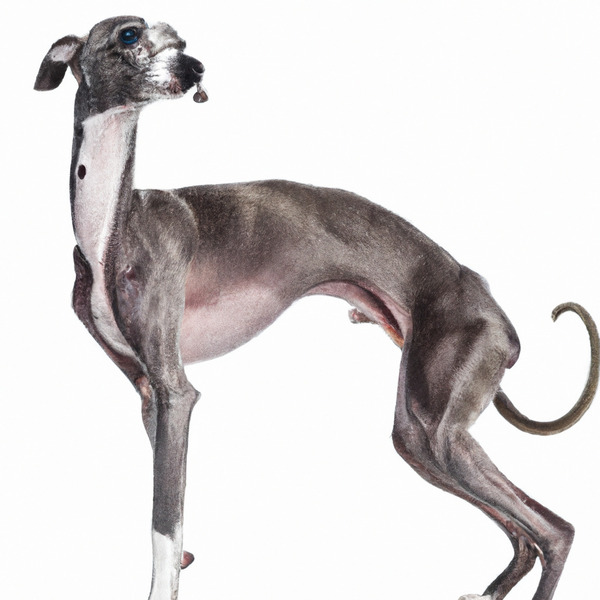
Italian Greyhound
Olde Pit Bulldogge vs Italian Greyhound
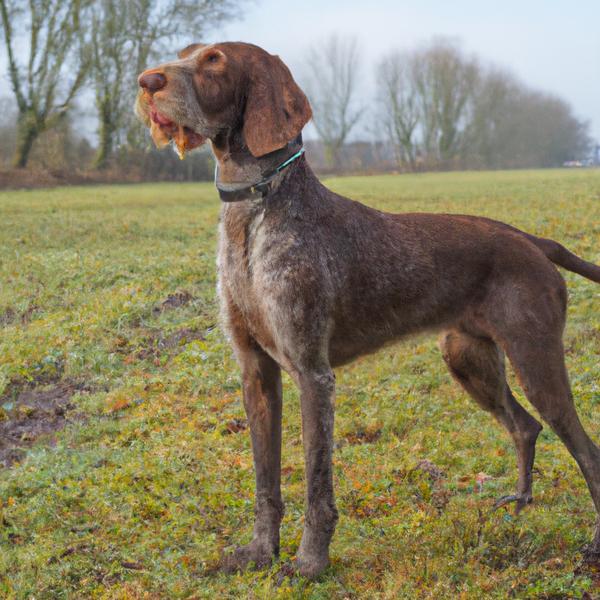
German Wirehaired Pointing Vizsla
Olde Pit Bulldogge vs German Wirehaired Pointing Vizsla
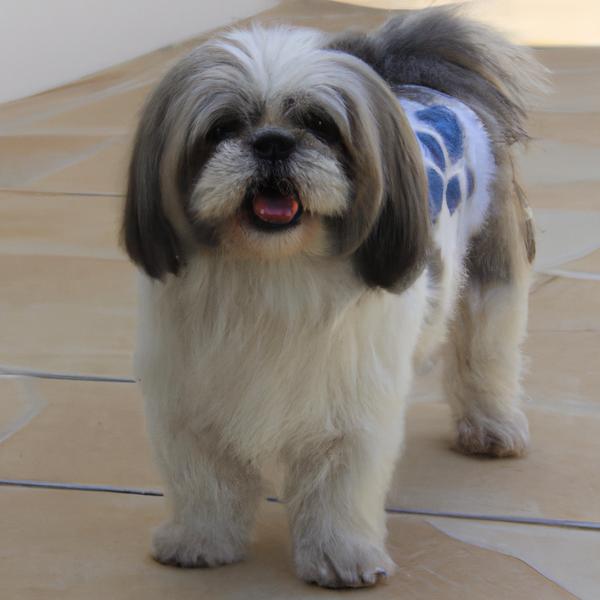
Bea-Tzu
Olde Pit Bulldogge vs Bea-Tzu
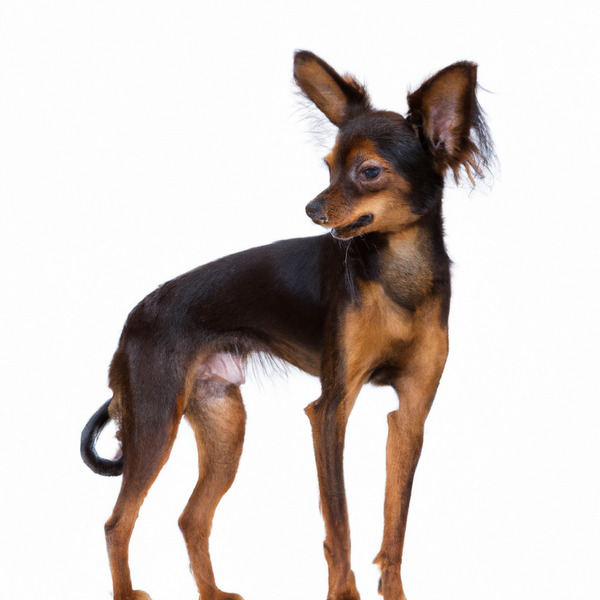
Russian Toy
Olde Pit Bulldogge vs Russian Toy

Tibecot
Olde Pit Bulldogge vs Tibecot
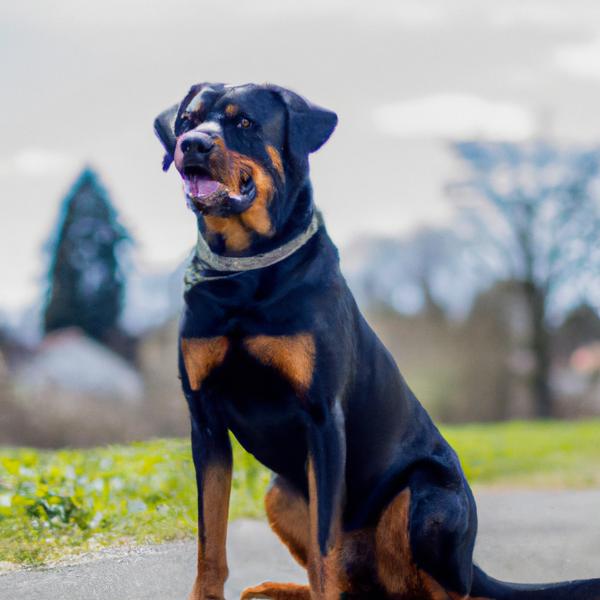
St. Weiler
Olde Pit Bulldogge vs St. Weiler
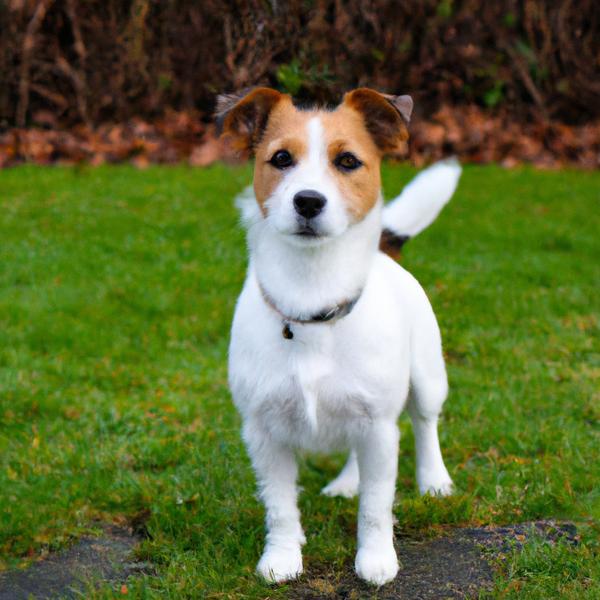
Russell Terrier
Olde Pit Bulldogge vs Russell Terrier
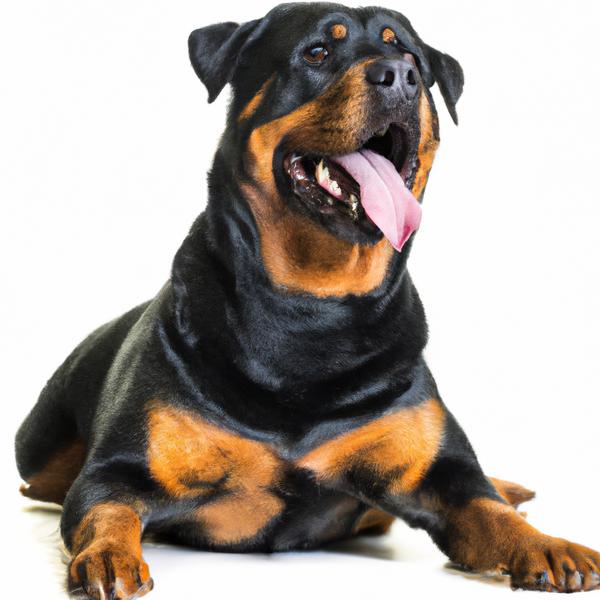
Brottweiler
Olde Pit Bulldogge vs Brottweiler

Bully Wheaten
Olde Pit Bulldogge vs Bully Wheaten

Patterdale Terrier
Olde Pit Bulldogge vs Patterdale Terrier
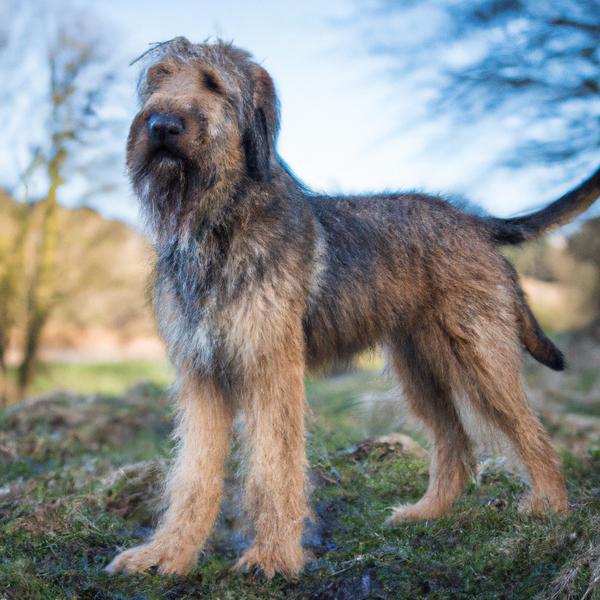
Otterhound
Olde Pit Bulldogge vs Otterhound
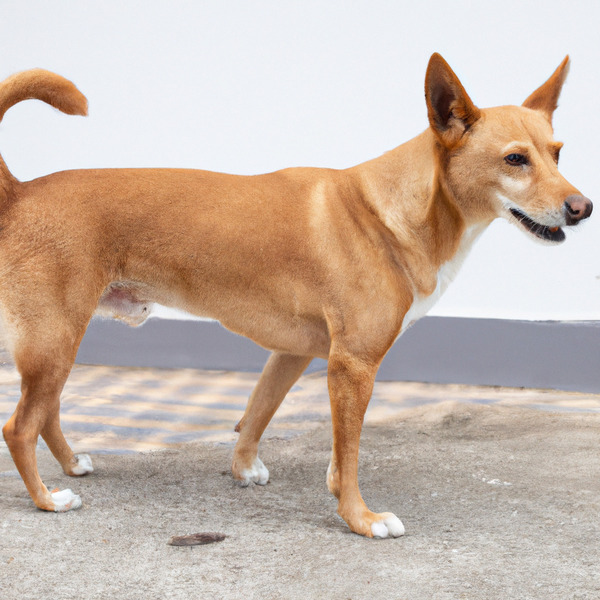
Portuguese Podengo
Olde Pit Bulldogge vs Portuguese Podengo
